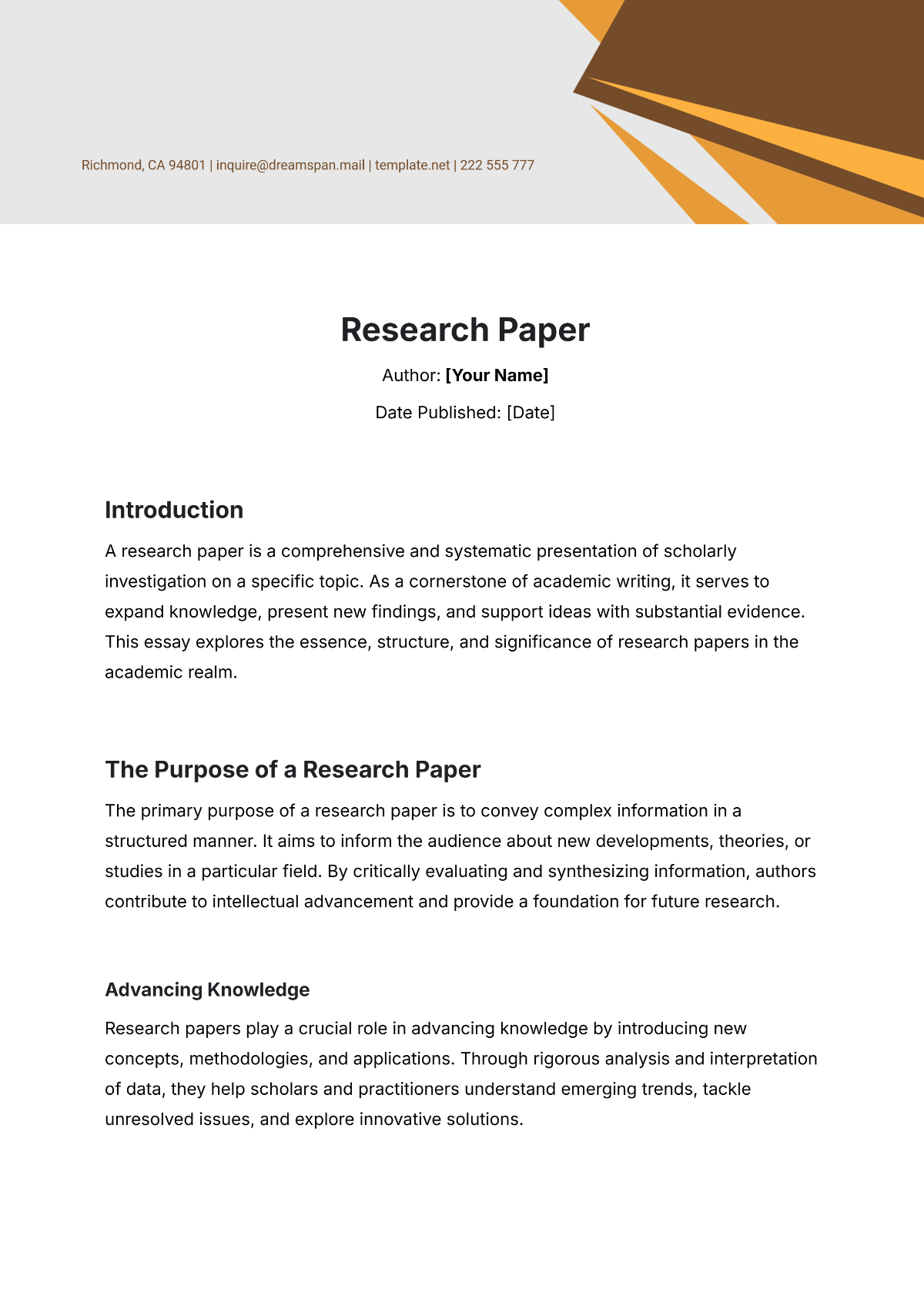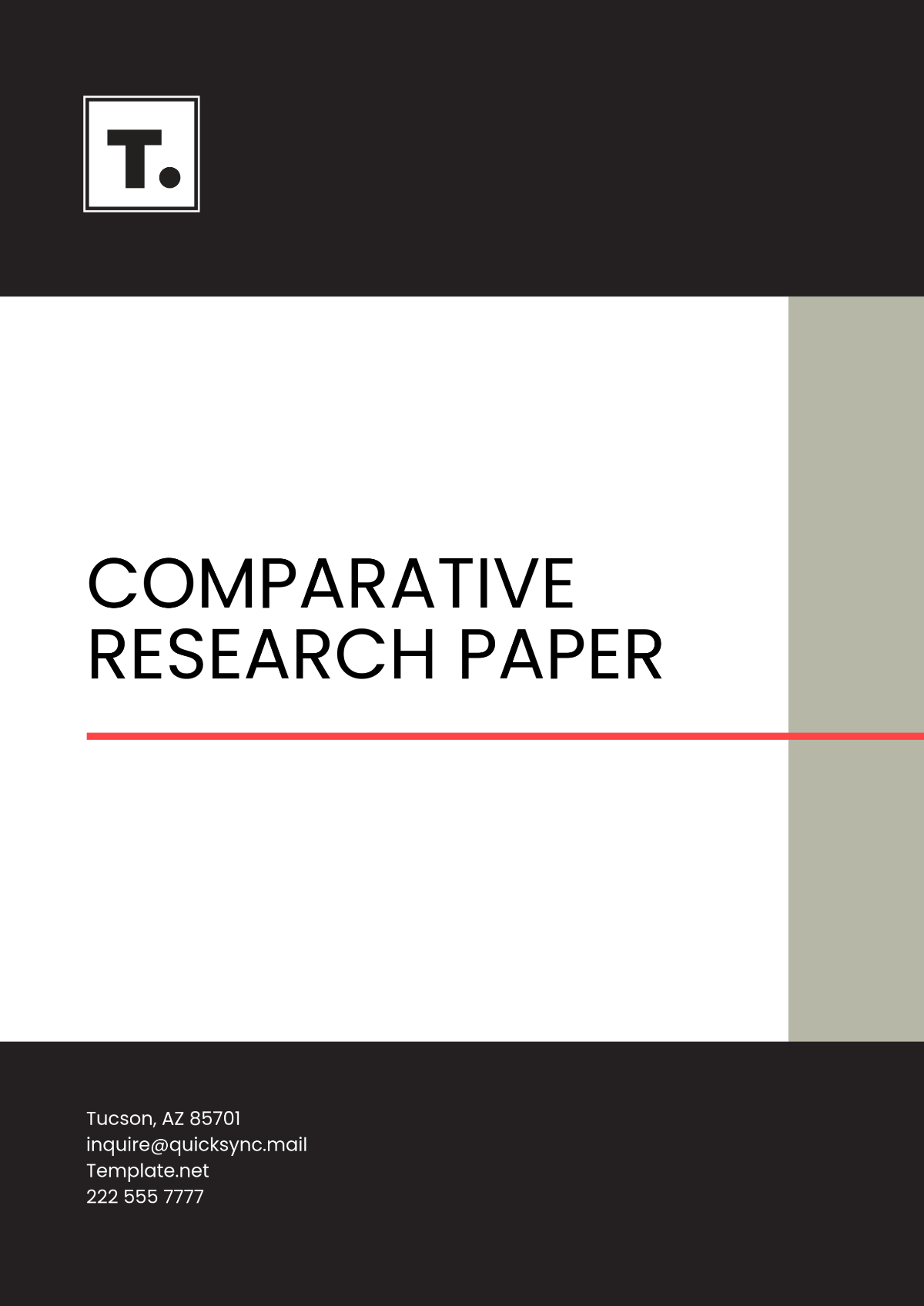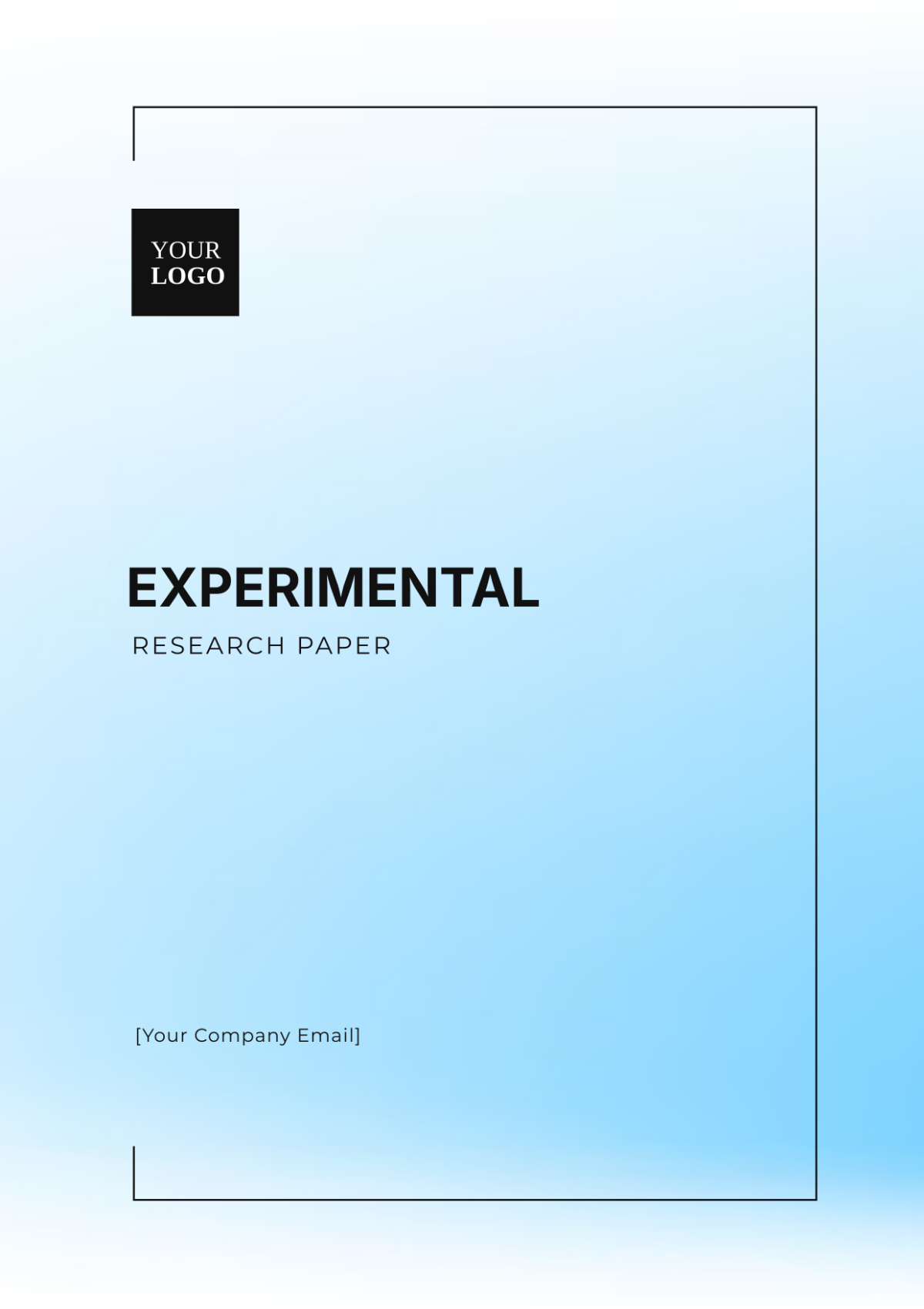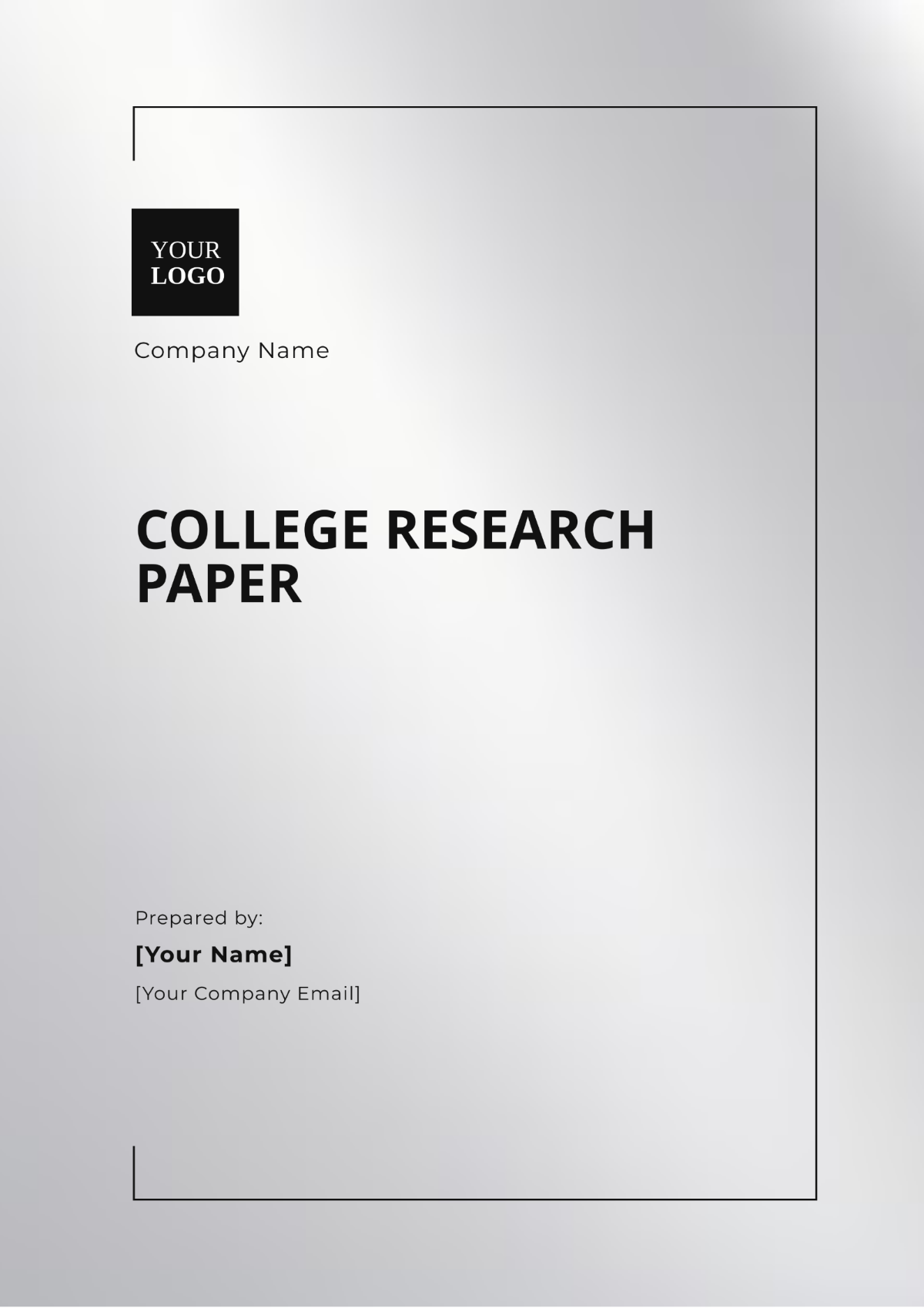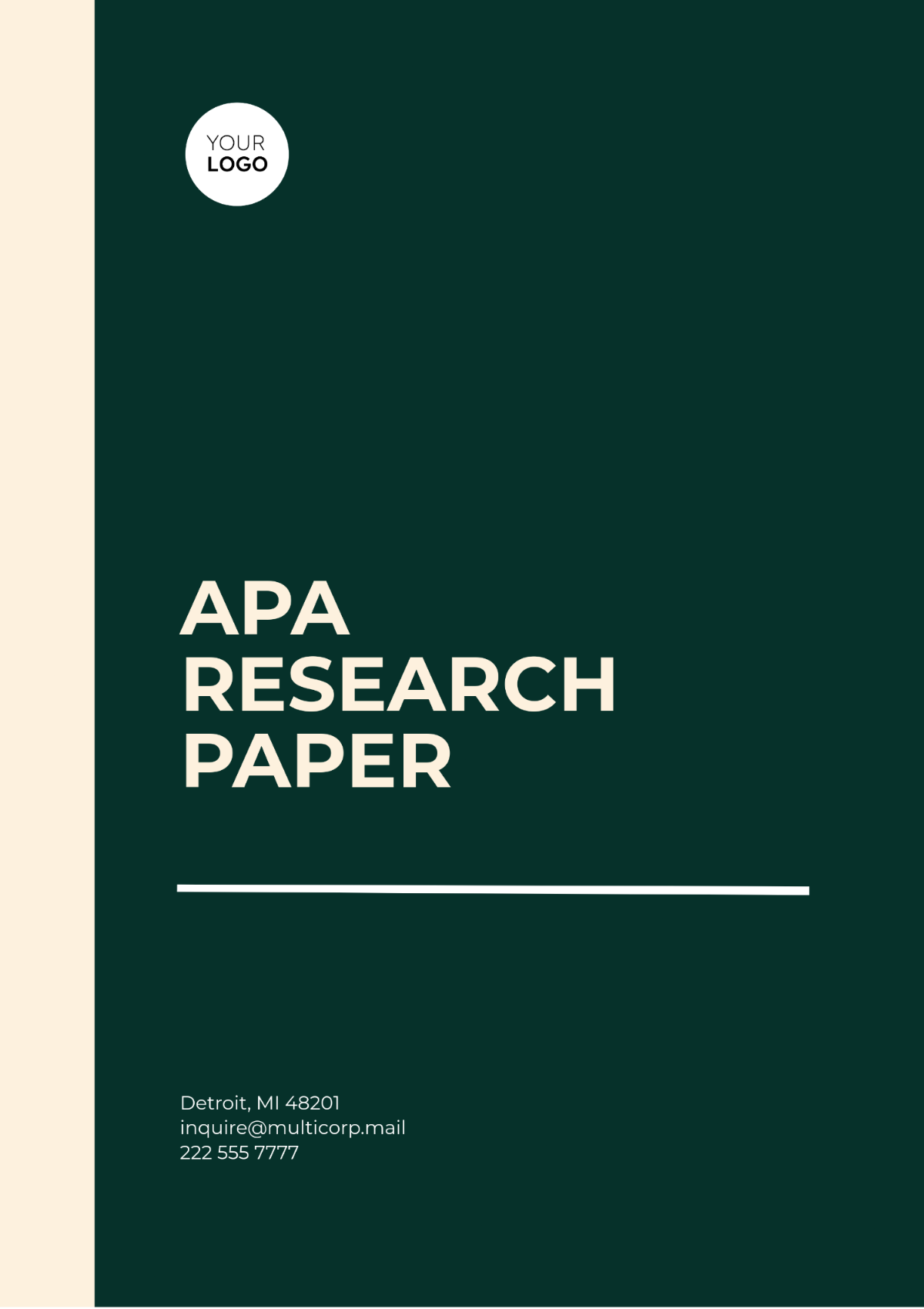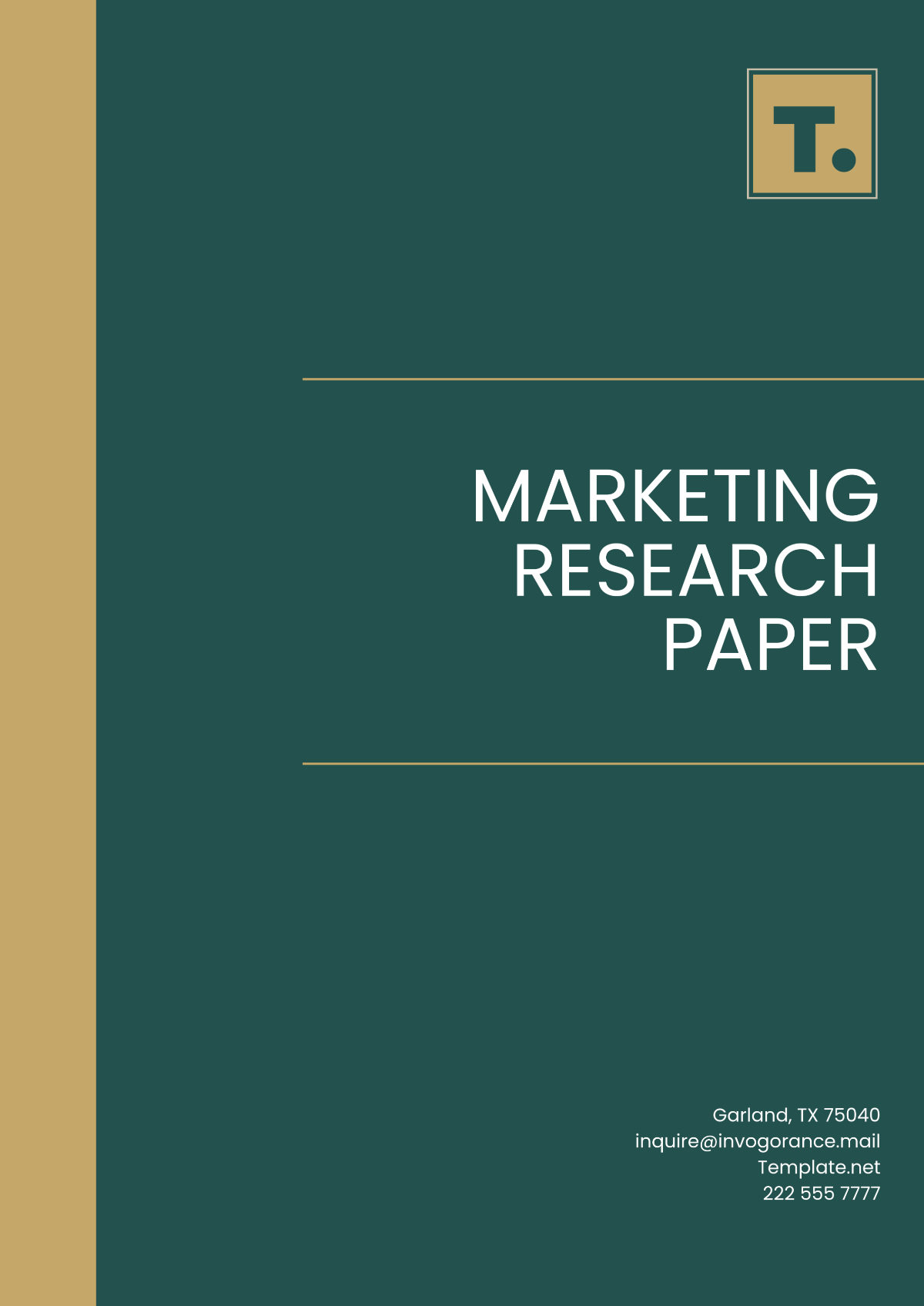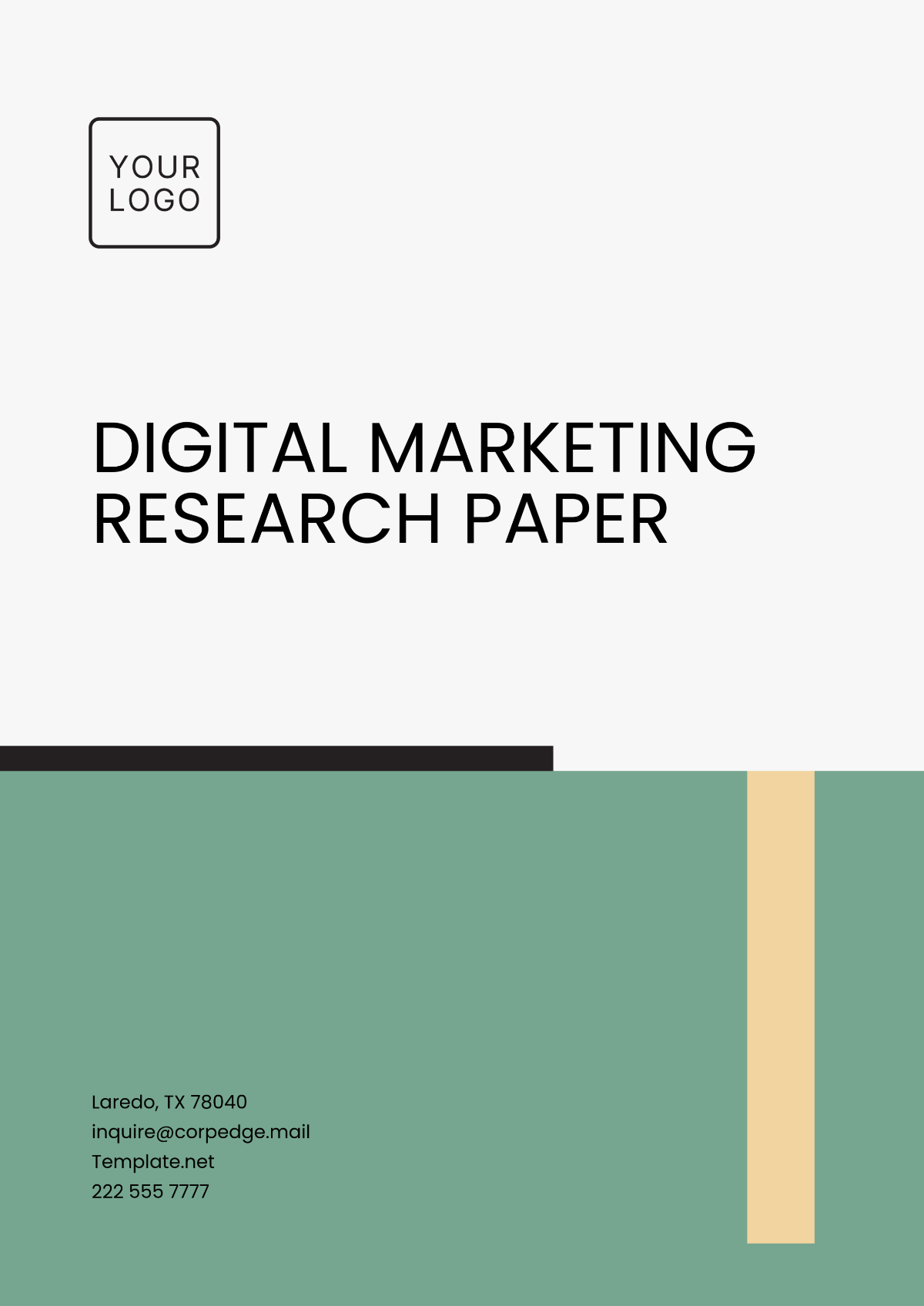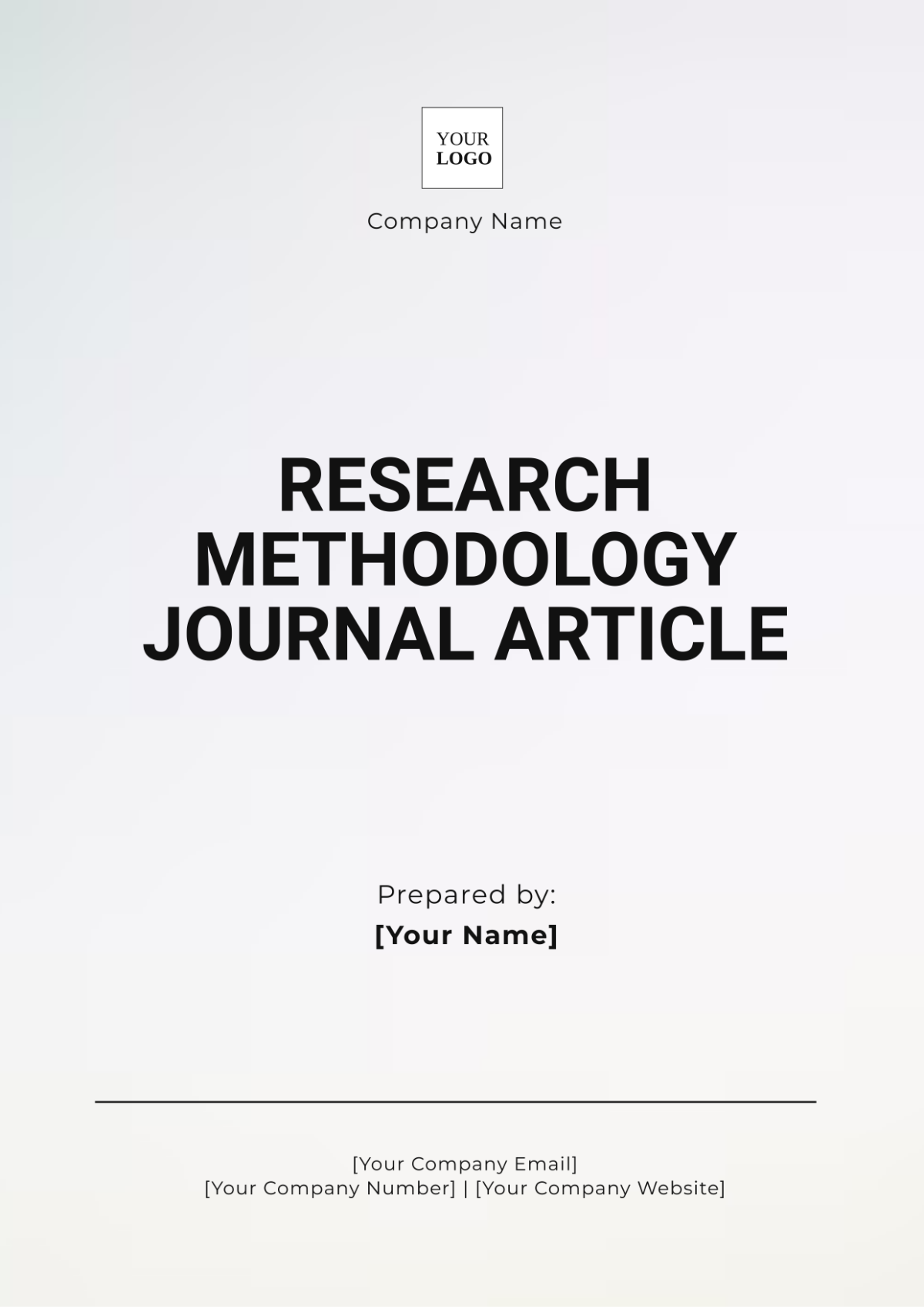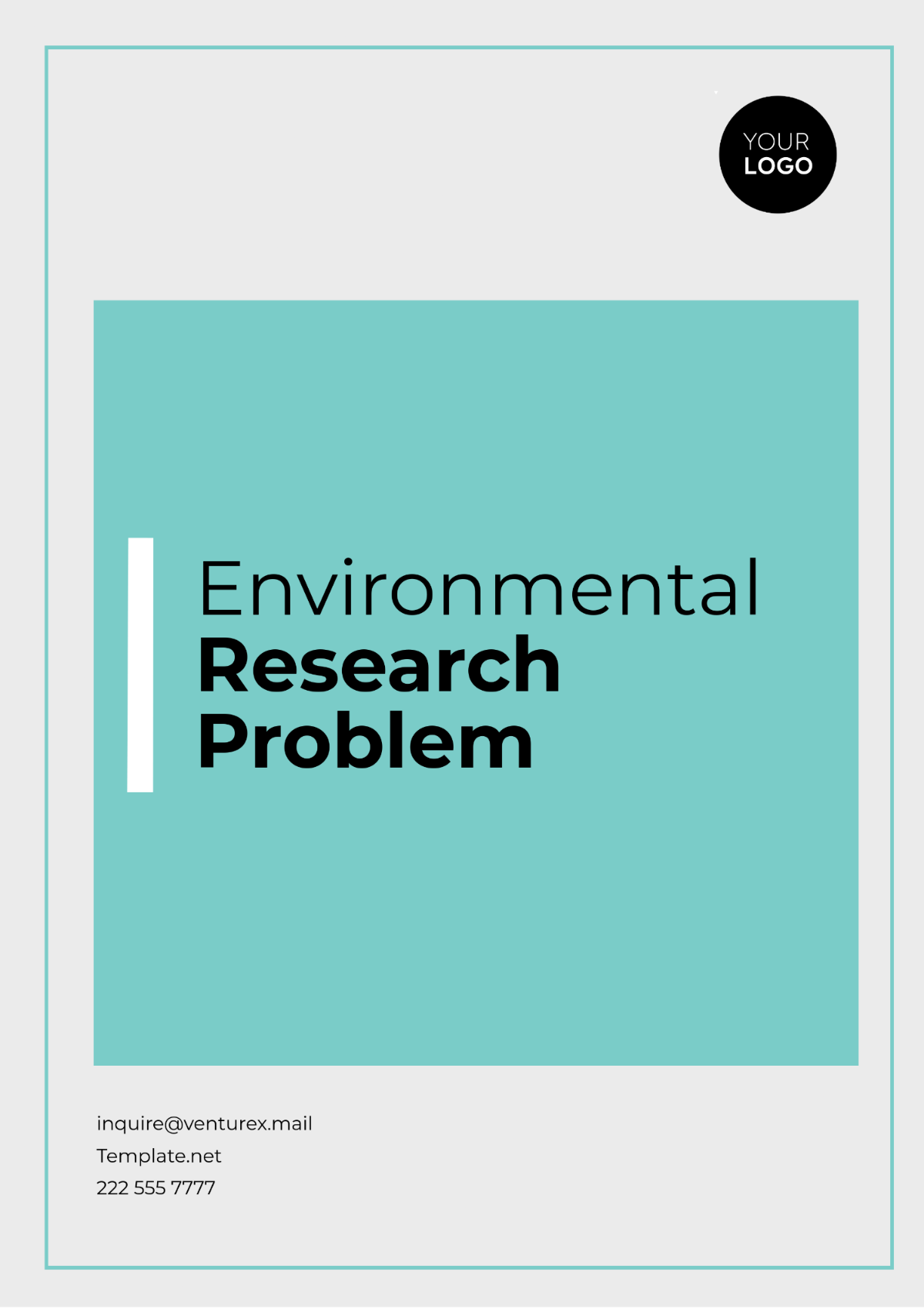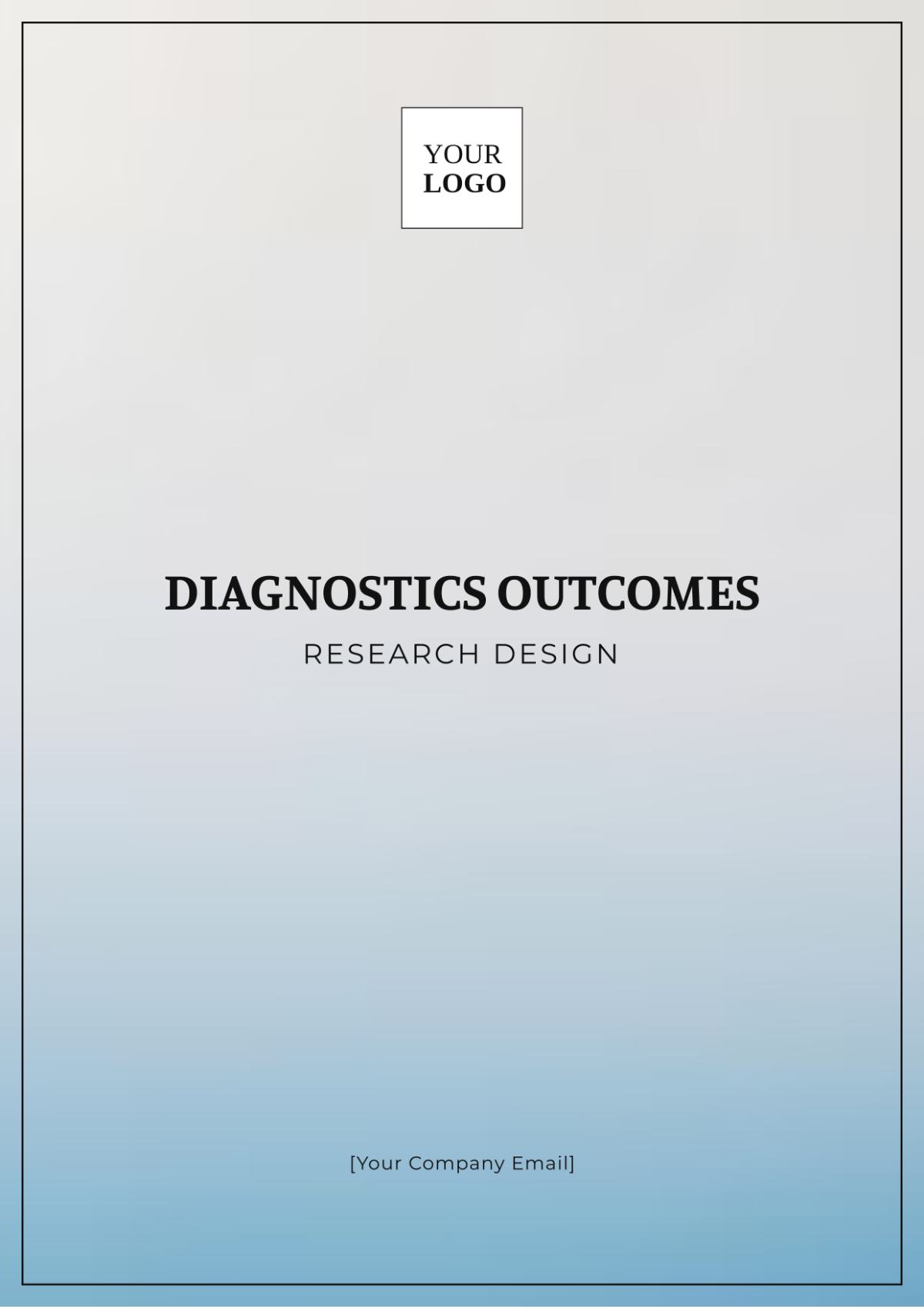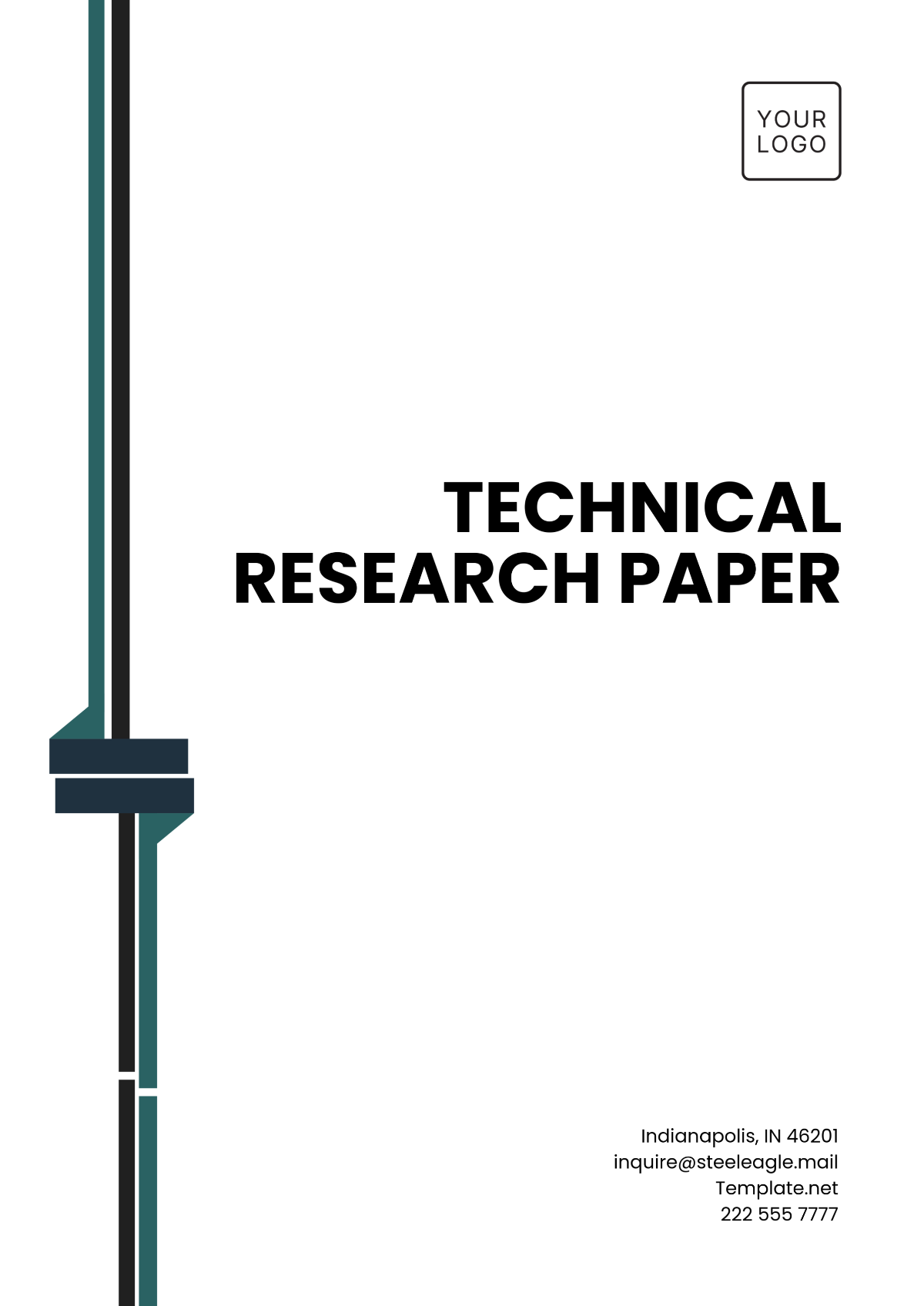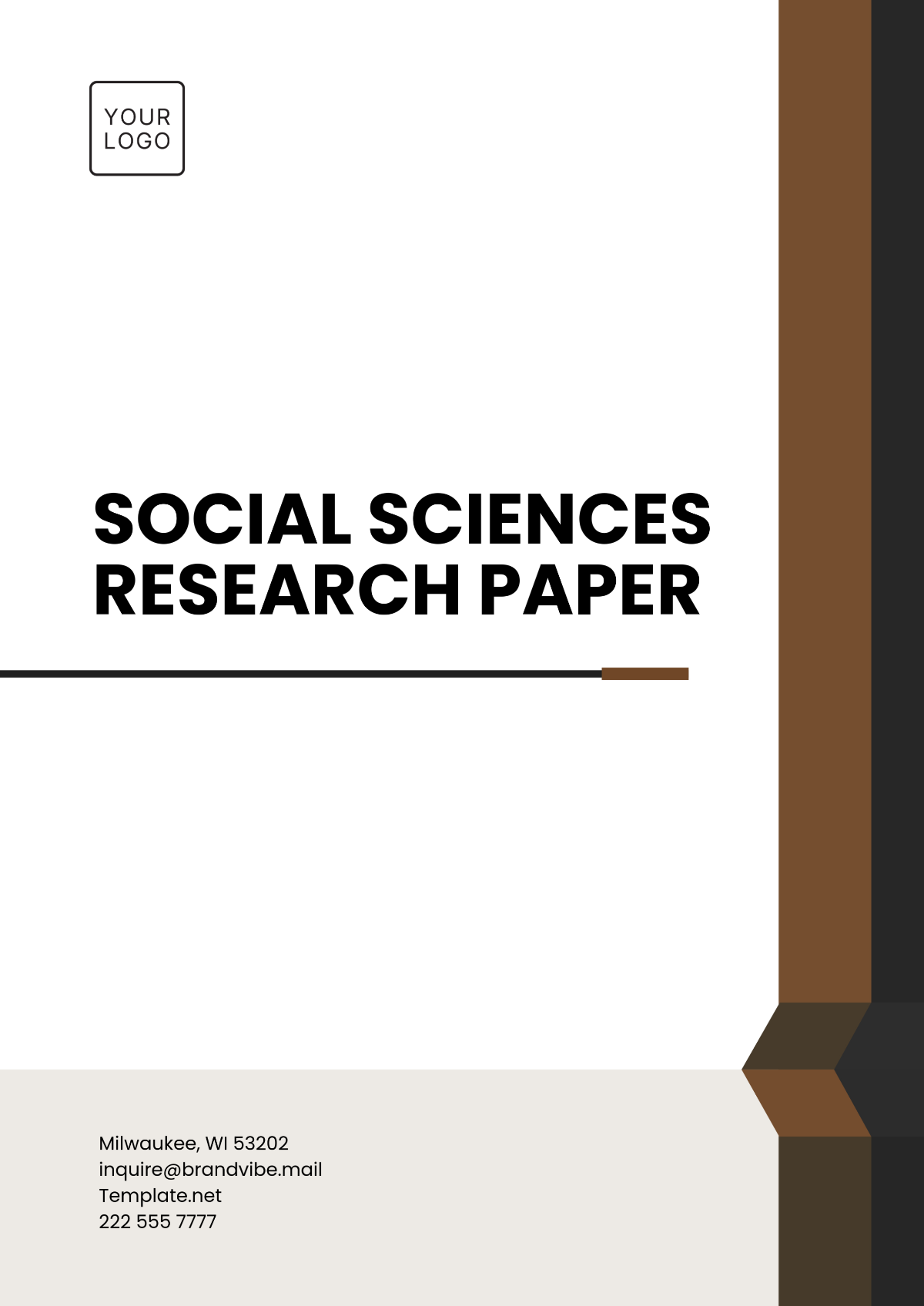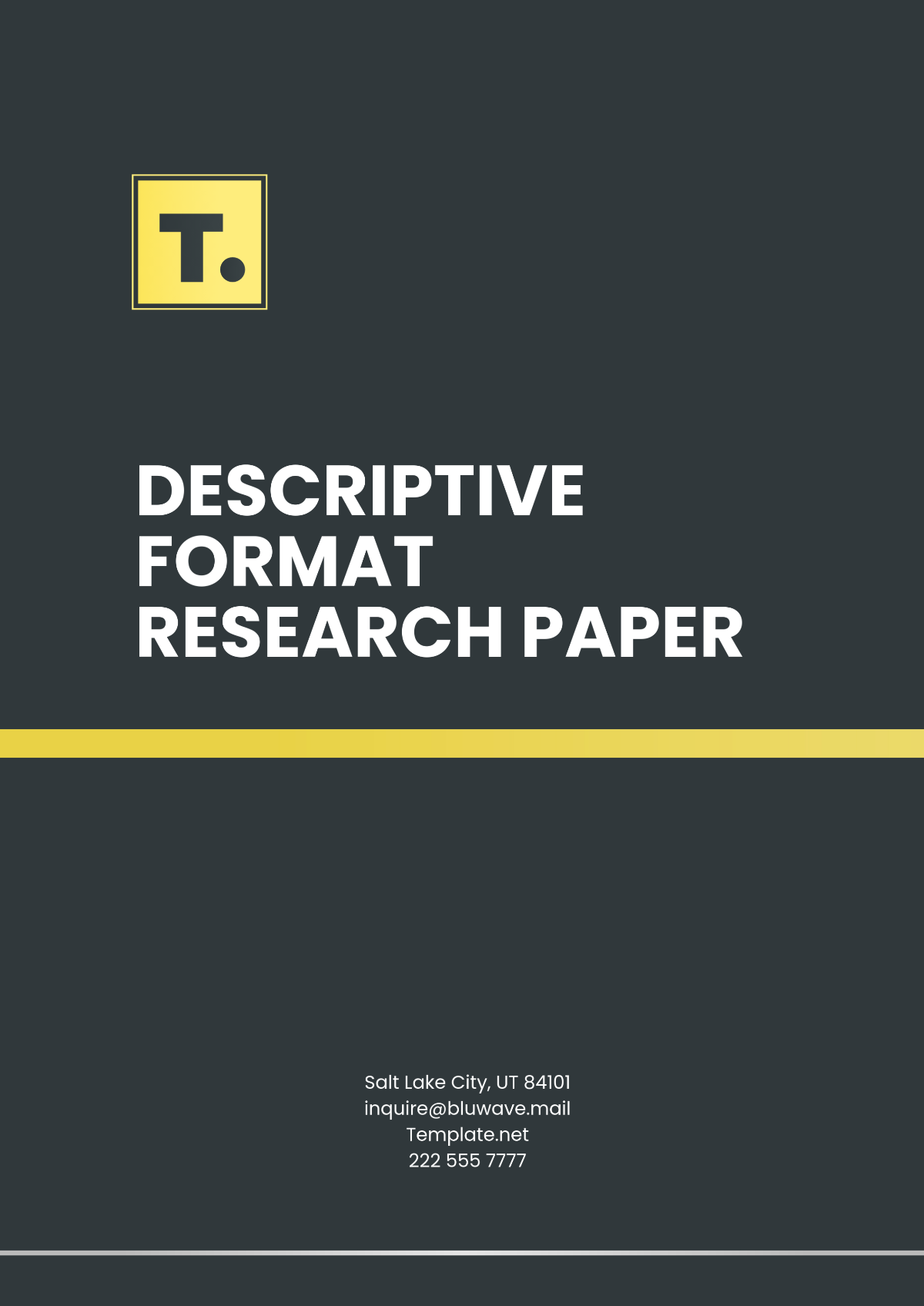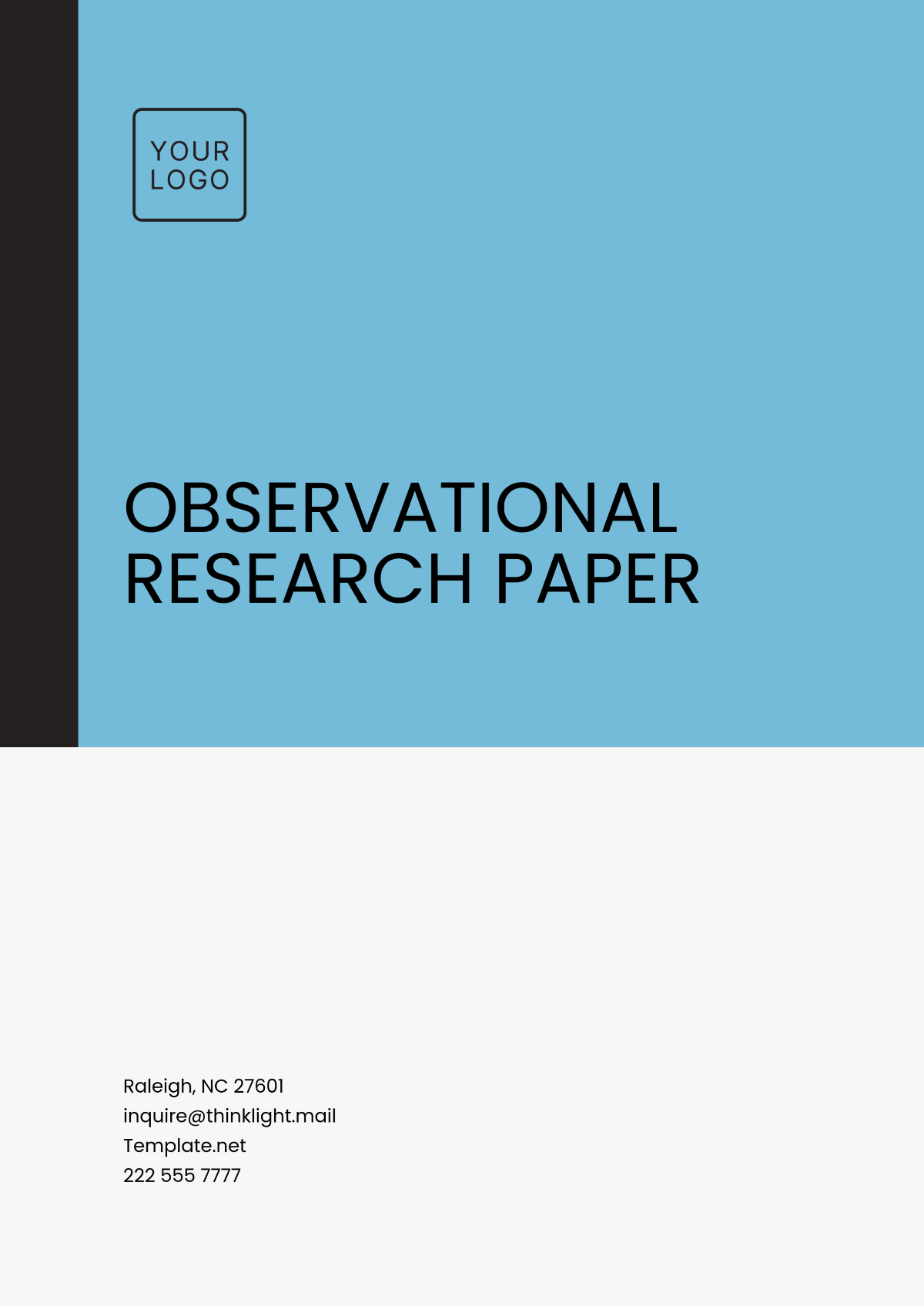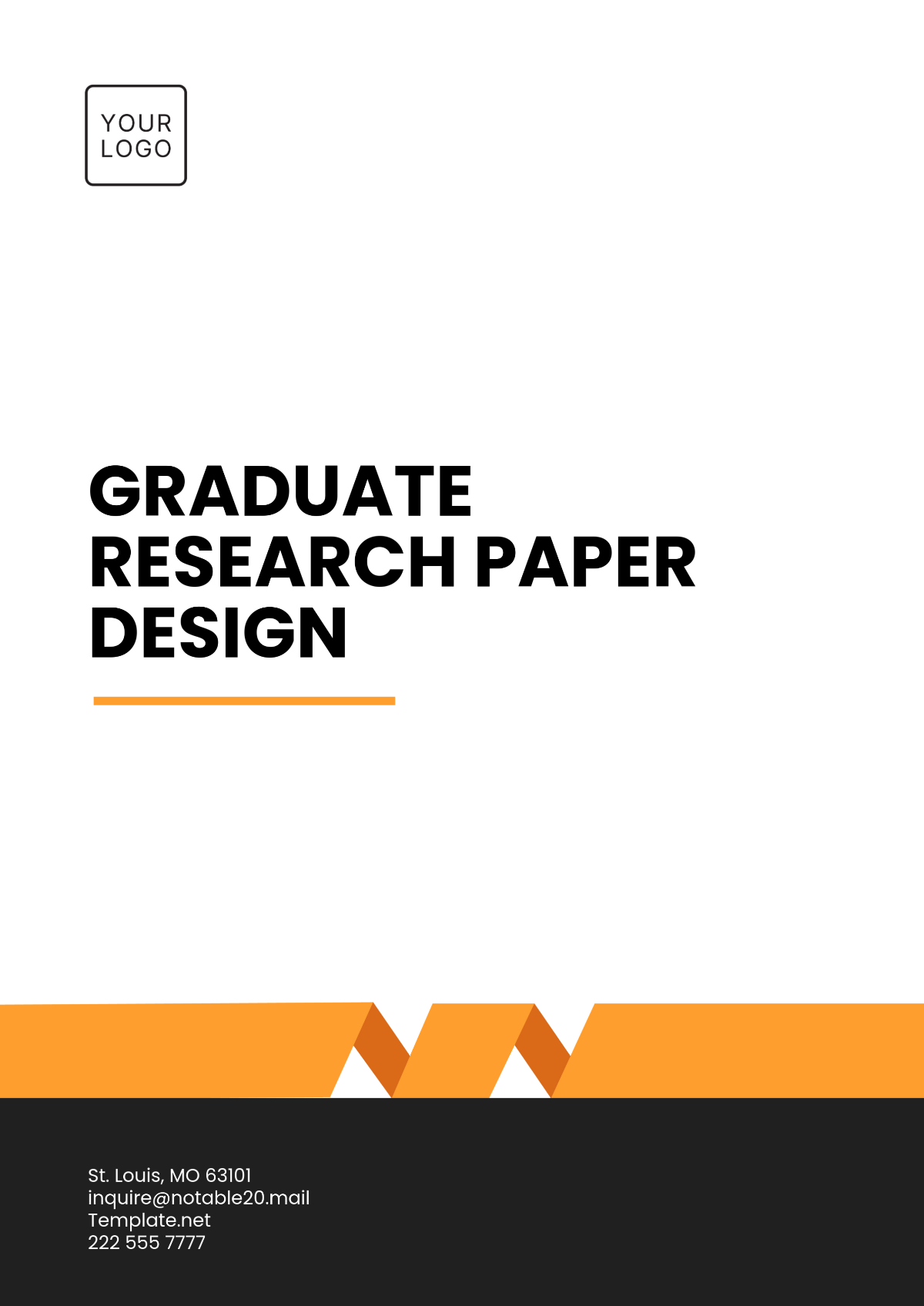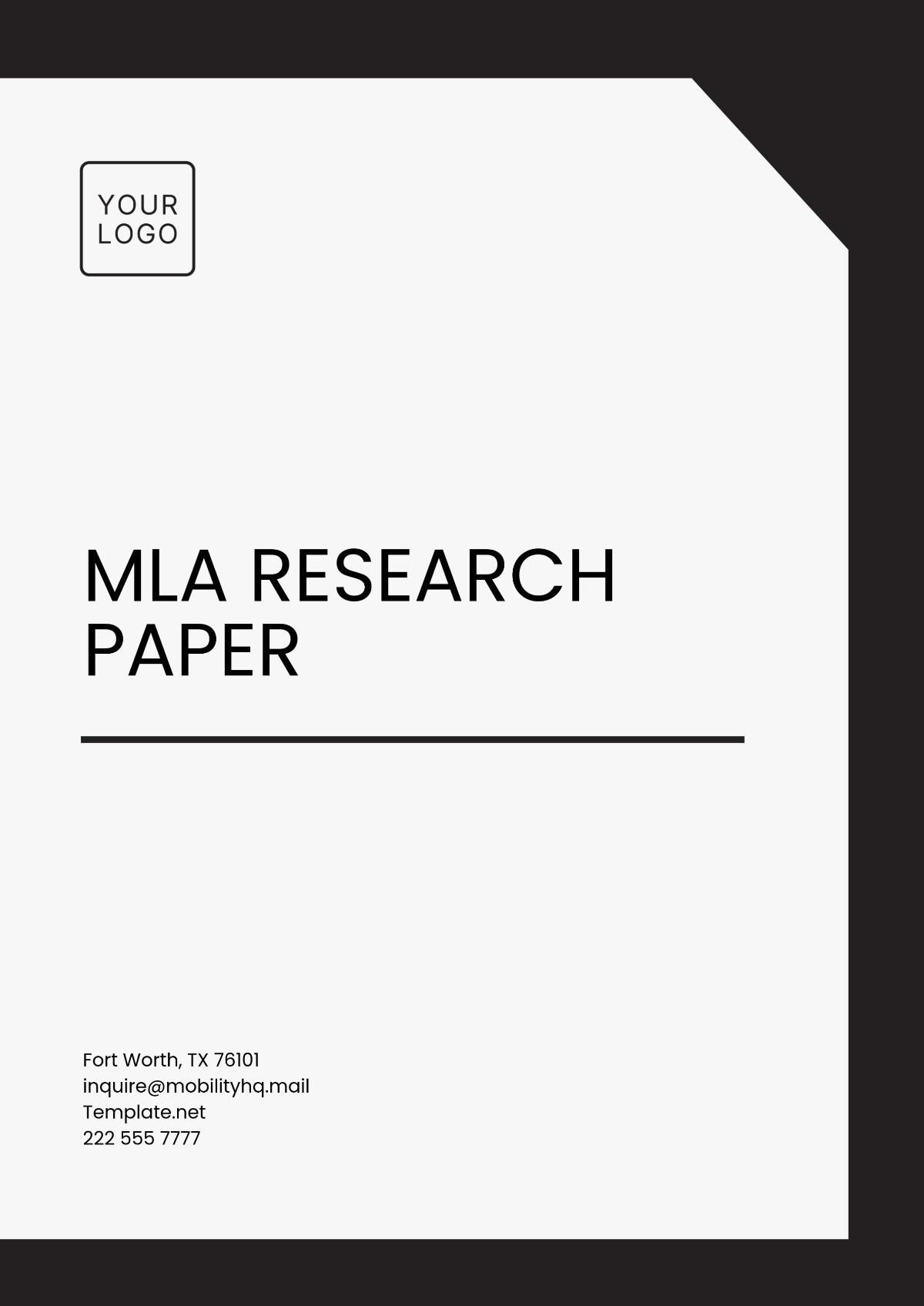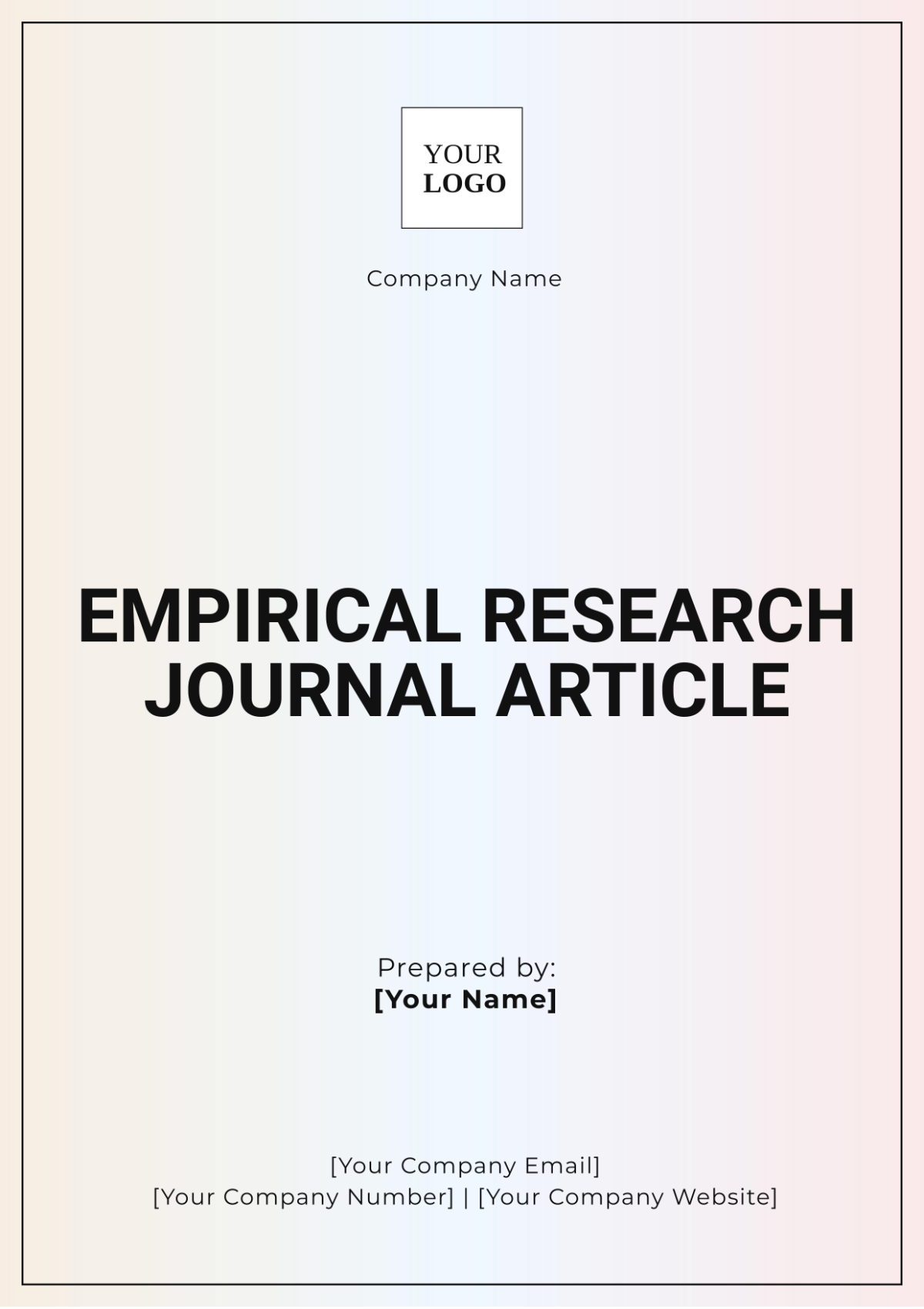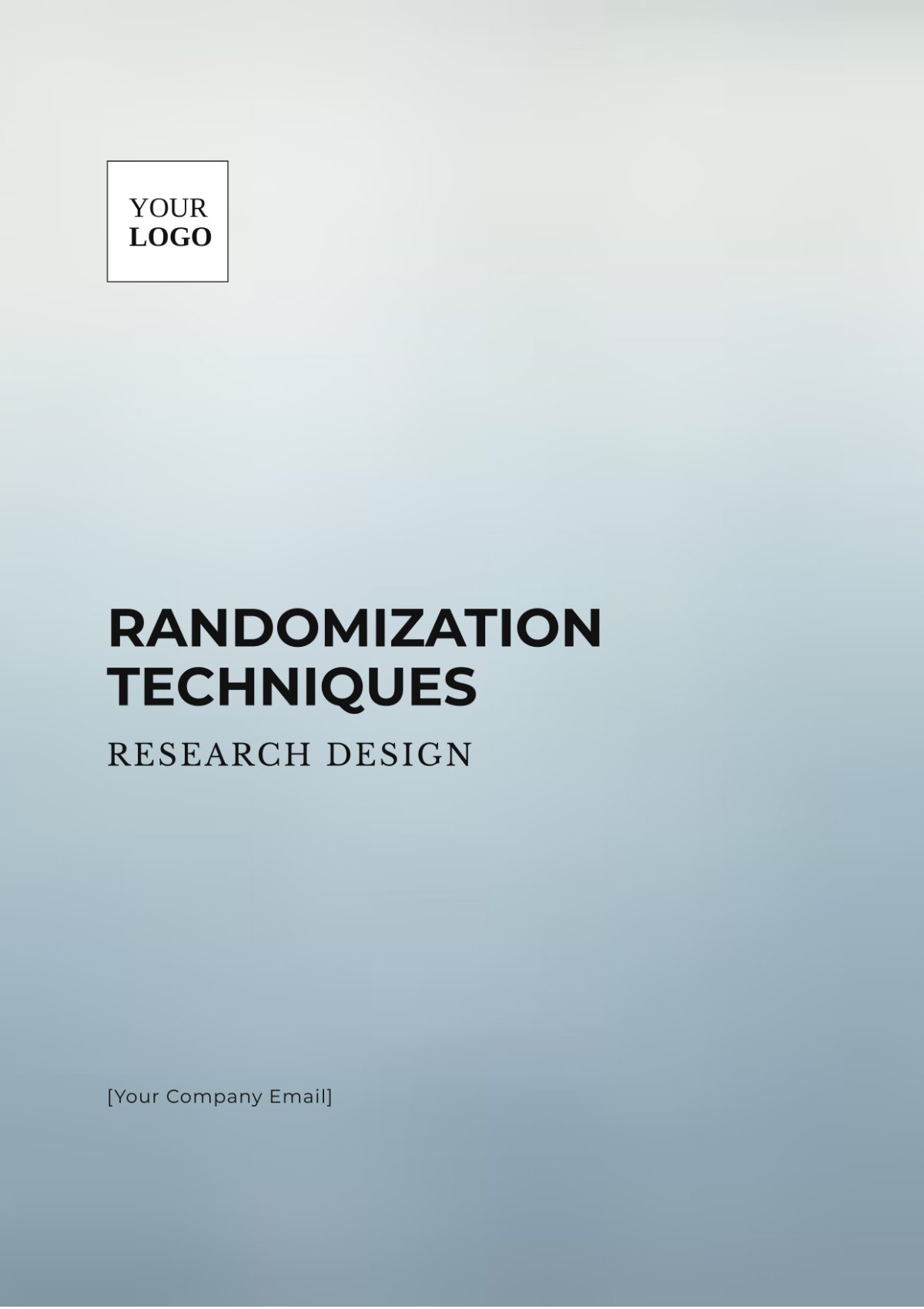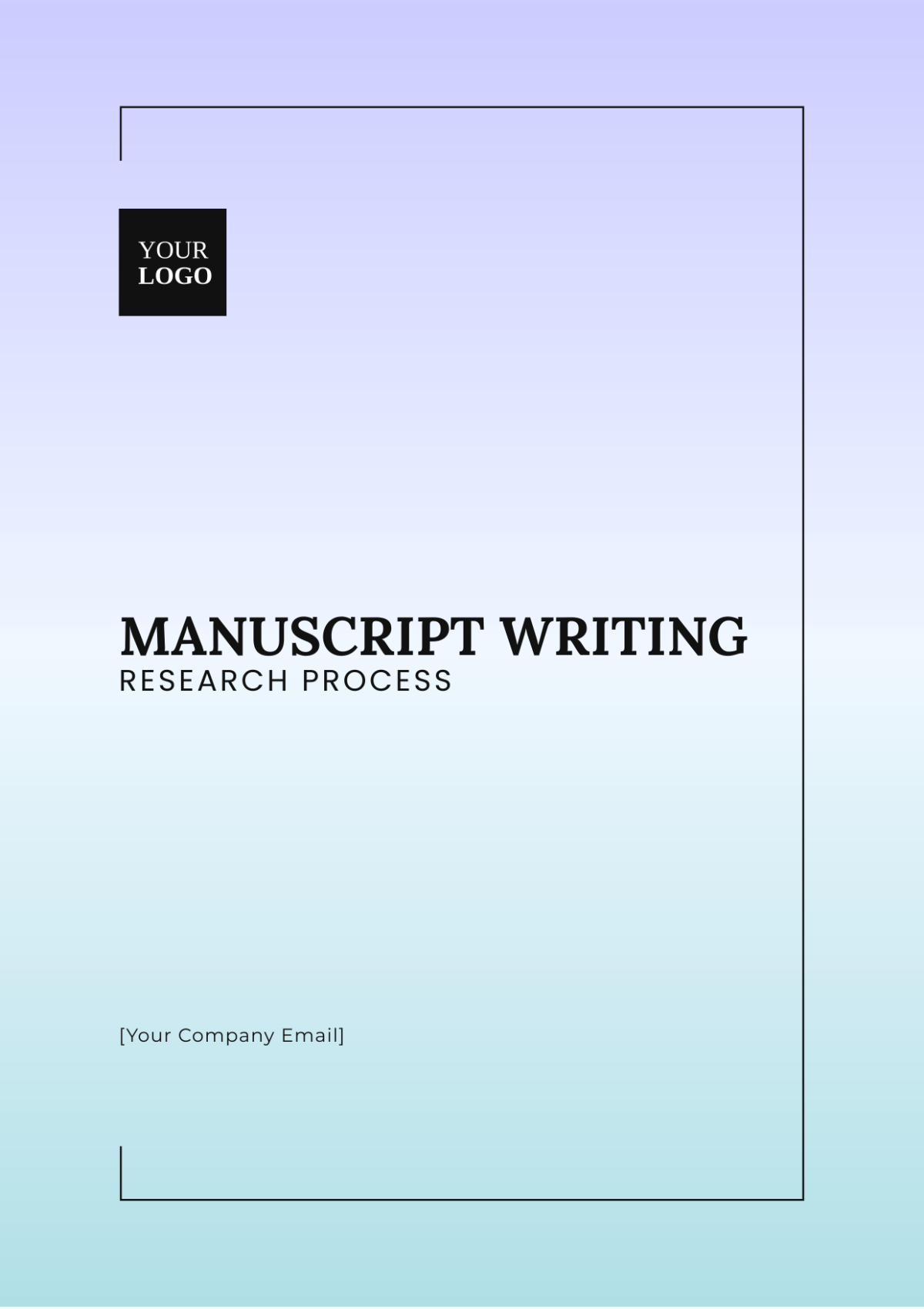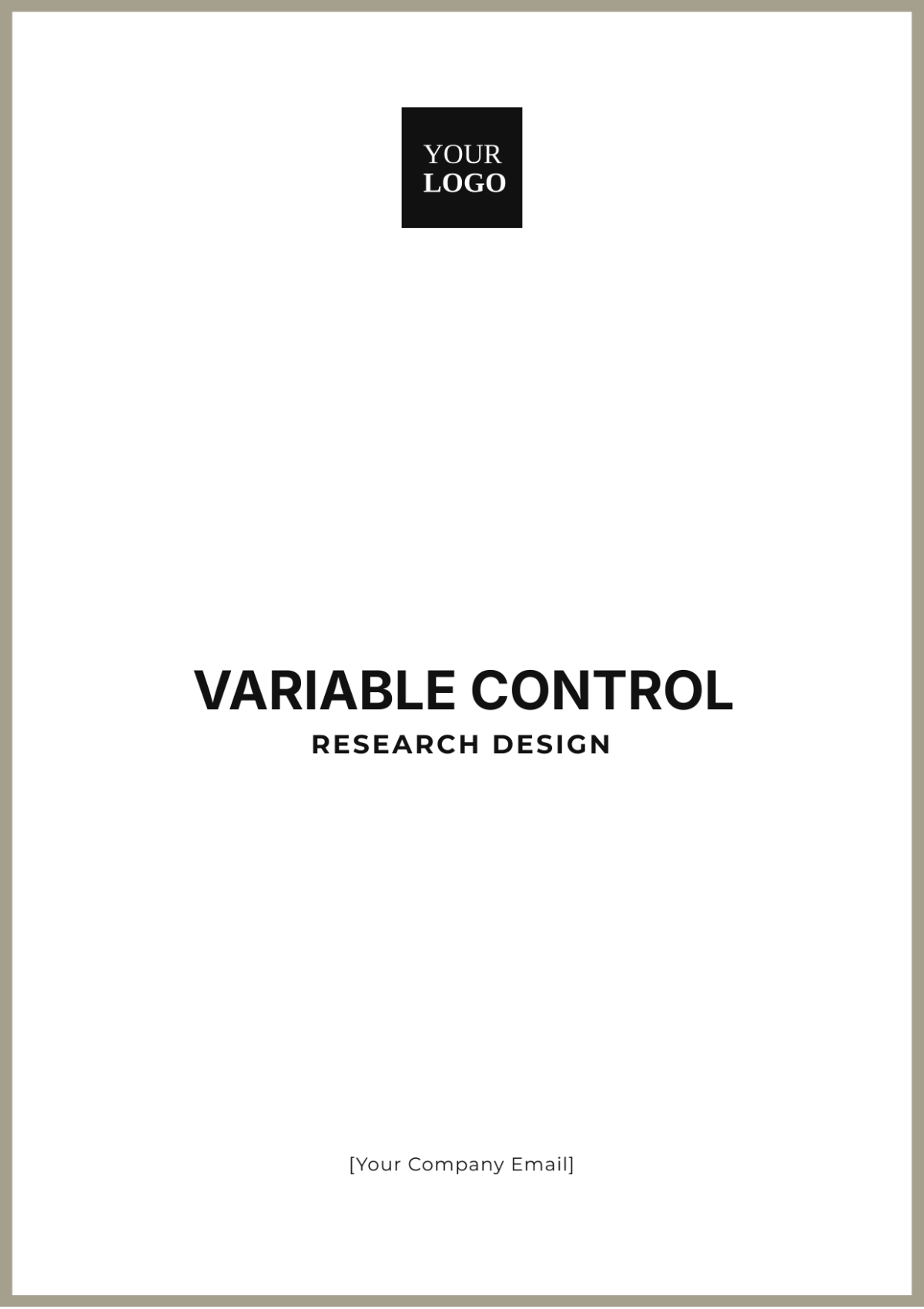Element Research
This comprehensive research paper is prepared by [YOUR NAME] and presented on behalf of [YOUR COMPANY NAME]. It explores the critical application of design elements to enhance both aesthetic appeal and functionality in design work. The findings address a complex intertwining of visual balance, color theory, typography, space, and user experience concepts.
I. Introduction
The effectiveness of design lies not only in aesthetics but significantly in its functionality. This research delves into how various design elements can be manipulated to achieve visually appealing and practically functional designs.

The methodologies adopted for this research include case studies, expert designer interviews, and quantitative data analysis. This paper aims to set a precedent for future design standards and provide actionable recommendations for designers and industries alike.
II. Theoretical Framework
A. Principles of Design
The principles of design are guidelines that inform the arrangement of elements to create a cohesive composition. Each principle interfaces with others to help designers achieve a balanced and intentional design outcome.
Balance: creating visual harmony through weight distribution in design.
Alignment: lining up elements to create order and sharpness.
Contrast: using opposing elements to highlight important features.
Repetition: using the same element multiple times for consistency and recognition.
Proportion: sizing and scaling elements in relation to one another to create impact.
B. Importance of Aesthetics
Aesthetics play an essential role in design by significantly influencing user experience and perception. A well-designed product is more likely to attract and retain customer attention. This section explores how aesthetics can be optimized for better user interaction.
Pleasing arrangement of elements can reduce visual fatigue.
Strategic use of colors can enhance mood and reactions.
Clever typography choice can improve readability and user understanding.
Appropriate use of space can guide the user's eye and enhance content prioritization.
Visual storytelling can captivate and engage users more deeply.
III. Methodology
To analyze the effective application of design principles, the research employed several methodologies:
Quantitative Analysis: Utilized to measure the impact of specific design choices.
Case Studies: Real-world examples showcasing successful implementations.
Surveys: Conducted to gather opinions and preferences from a diverse audience.
Expert Interviews: Insights from seasoned designers provided depth to the findings.
Usability Testing: Assessments done to see real-time user interactions with designs.
IV. Data Analysis
The data gathered during the research process was analyzed to understand trends and insights into the application of design principles. Graphical representations and statistical tools were used to derive meaningful conclusions.
Design Principle | Application | Effectiveness | User Feedback |
|---|---|---|---|
Balance | Website Layouts | High | Positive |
Alignment | Mobile Apps | Medium | Mixed |
Contrast | Print Ads | High | Very Positive |
Repetition | Corporate Branding | Medium | Positive |
Proportion | Product Design | High | Positive |
V. Conclusion and Recommendations
The research clearly demonstrates a correlation between well-applied design principles and enhanced functionality and aesthetic appeal in design outcomes. Based on these findings, it is recommended for designers to integrate these principles consciously into their design processes.
Future research may explore the impact of emerging technologies like augmented reality on the foundational design principles and their applications in next-gen interfaces.
VI. References
Lupton, E. (2015). Design is Storytelling. New York, NY: Cooper Hewitt.
Porter, M. E. (1997). Competitive Advantage. New York, NY: Free Press.
Nielsen, J., & Tahir, M. (2002). Homepage Usability. New Riders Publishing.
Lidwell, W., Holden, K., & Butler, J. (2010). Universal Principles of Design. Rockport Publishers.
Norman, D. A. (2013). The Design of Everyday Things: Revised and Expanded Edition. Basic Books.
